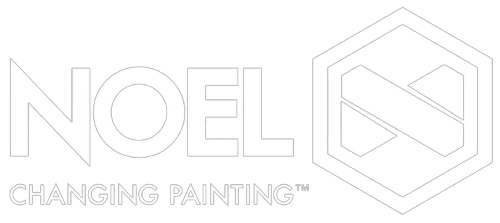Finally about to tackle that painting job that you have been putting off? Have you picked out a color and are now trying to decide the best tools to apply the paint to a particular wall / area? Which is better, a paint roller or a paint brush? Both? We are here to help!
Both tools execute different jobs effectively; therefore, it is our opinions to use both when trying to get the job done. Let’s take a look at which jobs each tool is adequate:
Paint Brushes
The best use of paint brushes is for narrow areas of the wall and ceiling, such as: trim, corners, wall edges, and small areas. Paint rollers aren’t capable of painting a sharp line. A paint roller could get the job done if painting a wall; however, the lines would not be clean and neat.
If you are painting furniture, exterior decks, or railings, etc. the type of brush you should use will be different than the brush best suited for sharp wall lines. There are many different sizes and styles to choose from. When choosing a brush, consider the following:
Types
- Synthetic (nylon or polyester) bristle brushes hold their shape with the popular latex paints of today; therefore, they are best for latex paints and coatings. You should only use synthetic brushes for latex paints. These are also good for oil coatings.
- Natural-hair bristle brushes are good for oil-based paints and coatings as well, but should also be used with alkyd paints and coatings, enamels, or any topcoat.
Size and Shape
- Match the right brush to the right job in order to get the best paint application possible. You will want to use large brushes to cover large surfaces and small brushes to cover small areas. This way, the time spent and accuracy will be best. Ask a local professional what brush is best for different surfaces and area sizes.
Paint Rollers
Paint rollers are great for large, flat areas. They will produce even results in much less time than a brush and don’t leave overlap marks like paint brushes. Paint rollers can be used on all walls, stucco, concrete, and other flat surfaces. Just like paint brushes, rollers come in many shapes, sizes and qualities. Here are some attributes to consider:
Types
- Just as with paint brushes, ensure to use roller covers made with a synthetic “nap” or fiber surface for latex paints.
- For alkyd or oil-based paints, synthetic and natural fiber covers will both get the job done.
Size and Shape
- Paint smooth surfaces with short-nap rollers and rough surfaces with long-nap rollers.
- Apply gloss or semi-gloss paints with short-nap covers as they generate less foam during application. Ask a local professional painter about nap lengths for your particular surface to ensure the best quality job.
For more information about the proper tools to use for your painting project, contact the Ft Myers painting professionals from Noel Painting today!

